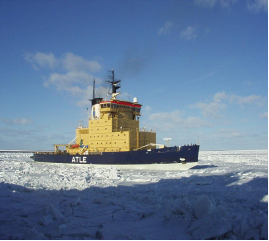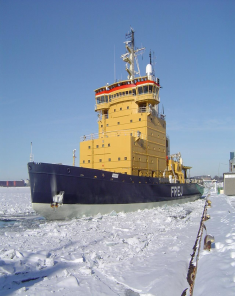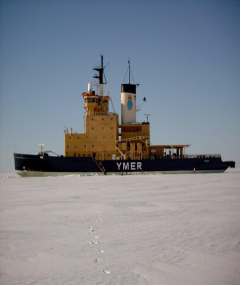Abisko Scientific Research Station
Located in northern Sweden
The Abisko Scientific Research Station is a leading facility for Arctic research, focusing on ecological, geological, and meteorological studies. The station provides essential infrastructure for long-term environmental monitoring and research in the Arctic region.
Key Features
- Comprehensive ecological research facilities
- Long-term climate monitoring equipment
- Advanced geological research tools
- Year-round meteorological observations
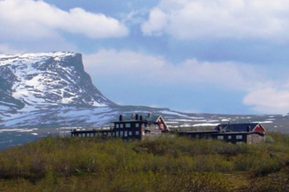
Tarfala Research Station
Located in the Kebnekaise Mountains
The Tarfala Research Station specializes in glaciological research and high-alpine environmental monitoring. The station plays a crucial role in studying climate change impacts on glaciers and mountain environments.
Key Features
- Specialized glaciological research equipment
- High-altitude monitoring systems
- Climate change impact assessment tools
- Mountain environment research facilities
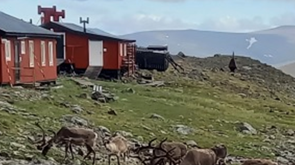
Svea Station
Located in the Svalbard archipelago
Svea Station serves as a base for temporary expeditions and supports various research activities in the Svalbard region. The station facilitates studies related to biology, geology, and meteorology in the high Arctic environment.
Key Features
- Temporary expedition support facilities
- Biological research equipment
- Geological sampling tools
- Meteorological monitoring systems
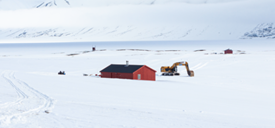
Wasa Station
Located in the Antarctic region
Wasa Station, while located in Antarctica, plays a vital role in polar comparisons and environmental studies. The station enables researchers to study similarities and differences between Arctic and Antarctic environments, contributing to a comprehensive understanding of polar regions.
Key Features
- Polar comparison research facilities
- Environmental monitoring equipment
- Climate study infrastructure
- Cross-polar research capabilities








